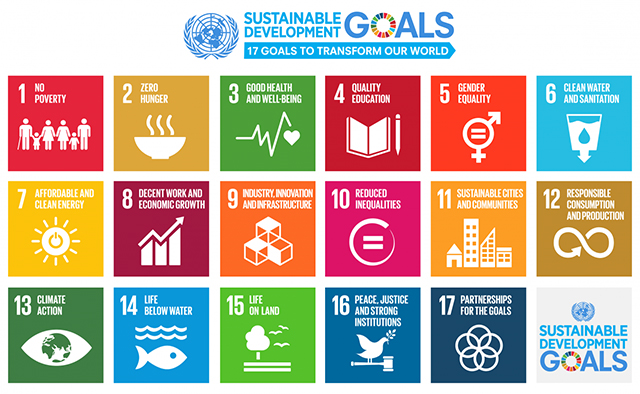Title
Glaciers Melting in the Arctic
Document Type
Poster
Abstract
Throughout the last few years, the problem of climate change throughout our world has become increasingly pervasive. Climate change in the past few years has led to rising sea levels, global warming, and many other harmful effects, such as glacier melting. Glacier melting has been seen to affect populations of polar bears, narwhals, and other animals near the polar regions. In our presentation, we explored the effects of glacier melting on these animals, interviewing Dr. Amir Jina, a climate change expert at the University of Chicago. Dr. Amir Jina from UChicago explained how glacier melting and climate change in general have harmful economic effects as well, in addition to the effects on wildlife. We also examined the evidence on glacier melting through time. Analyzing this data has shown that the mass of ice in both Greenland and Antarctica has been decreasing throughout time. Additionally, we looked at the atmospheric carbon dioxide through that same time, showing a negative correlation between these data sets, which may suggest a causation relationship.
Glaciers Melting in the Arctic
Throughout the last few years, the problem of climate change throughout our world has become increasingly pervasive. Climate change in the past few years has led to rising sea levels, global warming, and many other harmful effects, such as glacier melting. Glacier melting has been seen to affect populations of polar bears, narwhals, and other animals near the polar regions. In our presentation, we explored the effects of glacier melting on these animals, interviewing Dr. Amir Jina, a climate change expert at the University of Chicago. Dr. Amir Jina from UChicago explained how glacier melting and climate change in general have harmful economic effects as well, in addition to the effects on wildlife. We also examined the evidence on glacier melting through time. Analyzing this data has shown that the mass of ice in both Greenland and Antarctica has been decreasing throughout time. Additionally, we looked at the atmospheric carbon dioxide through that same time, showing a negative correlation between these data sets, which may suggest a causation relationship.


